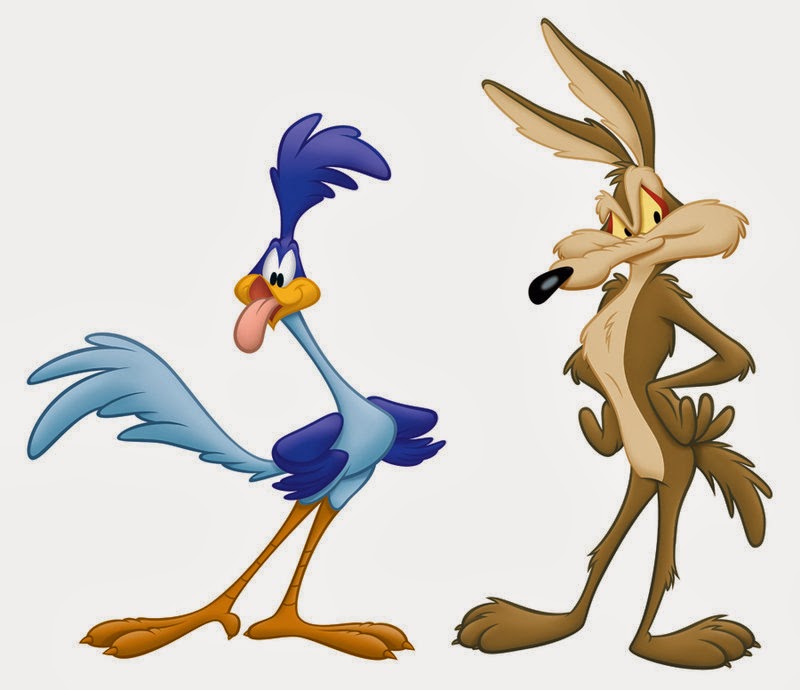

Their zygodactyl feet - with two toes facing in each direction - help them grip wriggly prey. Roadrunners feast on a diet of lizards, snakes, small mammals, amphibians, and insects, including venomous scorpions. © Levi Plummer Leaping on Lizards & Smashing Snakes The X-shape disguises the direction the bird is heading, and is thought to prevent evil spirits from following.” Greater Roadrunner getting ready to present his mate with a lizard. Cornell also notes that the bird’s X-shaped footprints, with two toes pointing in each direction, “are used as sacred symbols by Pueblo tribes to ward off evil. Roadrunners are important figures in both Mexican and Native American culture, where the species is revered for “their courage, strength, speed, and endurance,” according to the Cornell Lab of Ornithology. Coyotes will prey on roadrunners, and so will raccoons and raptors. Coyotes can out-pace roadrunners substantially, clocking up to ~43 miles per hour, compared to the roadrunners ~20 miles per hour. While Looney Tunes’ cartoon roadrunner might have been able to out-run the coyote every time, real-life roadrunners aren’t so lucky. They are also seen perched on tall shrubs, rocks, and fence-posts, where they sunbathe, call out to potential mates, and survey their territory. They can also be found in grasslands, riparian woodlands and canyon habitats.

Roadrunners tend to avoid forested and urban areas, preferring semi-open, scrubby habitats dominated by creosote, mesquite, chaparral, and tamarisk. Roadrunners can’t fly well for long distances, so they limit their flight to short glides or bursts when startled. They run in a horizontal position, with their tail held flat and their head and chest tilted forward and down, level with the ground. Most people see them by chance along the road, as they make a mad dash across the asphalt or hunt reptiles basking in the sun. In the United States, roadrunners aren’t common.
ROADRUNNER AND COYOTE SKIN
Lesser roadrunners have a bright blue patch of skin behind their eye, while on greater roadrunners this skin fades from blue to white to a warm red. The two species look very similar, with striped brown plumage, an upright stance, long legs and tail, and a crest on their heads. There are just two species: The greater roadrunner ( Geococcyx californianus) which ranges from the southwestern and south-central United States down through Mexico, and the lesser roadrunner ( Geococcyx velox), found in Mexico and Central America. The name of their genus, Geococcyx, translates from Latin to “earth-cuckoo.” Their nearest relatives are New World cuckoos, including the yellow-billed and black-billed cuckoos, as well as the smooth- and groove-billed anis. They might look like a scrawny chicken, but roadrunners (all one word) are members of the cuckoo family. Seldom seen and under-appreciated, they’re a bird worth getting to know. Greater roadrunners can survive in the desert, run faster than a human, and beat rattlesnakes to death against rocks. But the true story of this uncommon bird is more remarkable than anything a Warner Bros animator could dream up. None of this should be surprising, because Looney Tunes aren’t exactly known for their accurate depictions of animal species. And they don’t outsmart frenetic, bug-eyed coyotes by tricking them into running off cliffs. Early European travelers said that roadrunner tracks could lead a lost traveler to a path.They don’t have blue feathers and orange feet. Eating roadrunner meat was thought to bring speed in some Native American tribes, and crossing paths with a roadrunner has been thought to bring good or bad luck, depending on the direction of approach. Pueblo Indians of New Mexico have a tradition of drawing roadrunner tracks on the ground near the resting place of a newly dead loved one in order to lure evil spirits away from the soul as it makes its way to the afterlife. In fact, roadrunners have figured prominently in human stories up until present day. These tracks have captivated humans for millennia: The symbol of roadrunner tracks has been used to ward off evil by some Pueblo tribes, and stylized roadrunner prints have been identified in ancient Anasazi and Mogollon rock art. It makes their tracks look X-shaped, which makes it impossible to tell which direction the bird was running. Roadrunners have feet in which two toes are pointed forward and two toes are pointed backward - scientists call this a "zygodactyl foot arrangement." It's not terribly uncommon in perching birds like swifts, owls, woodpeckers, etc., but it's pretty unique in a bird that spends most of its time hoofing around in the desert.


 0 kommentar(er)
0 kommentar(er)
